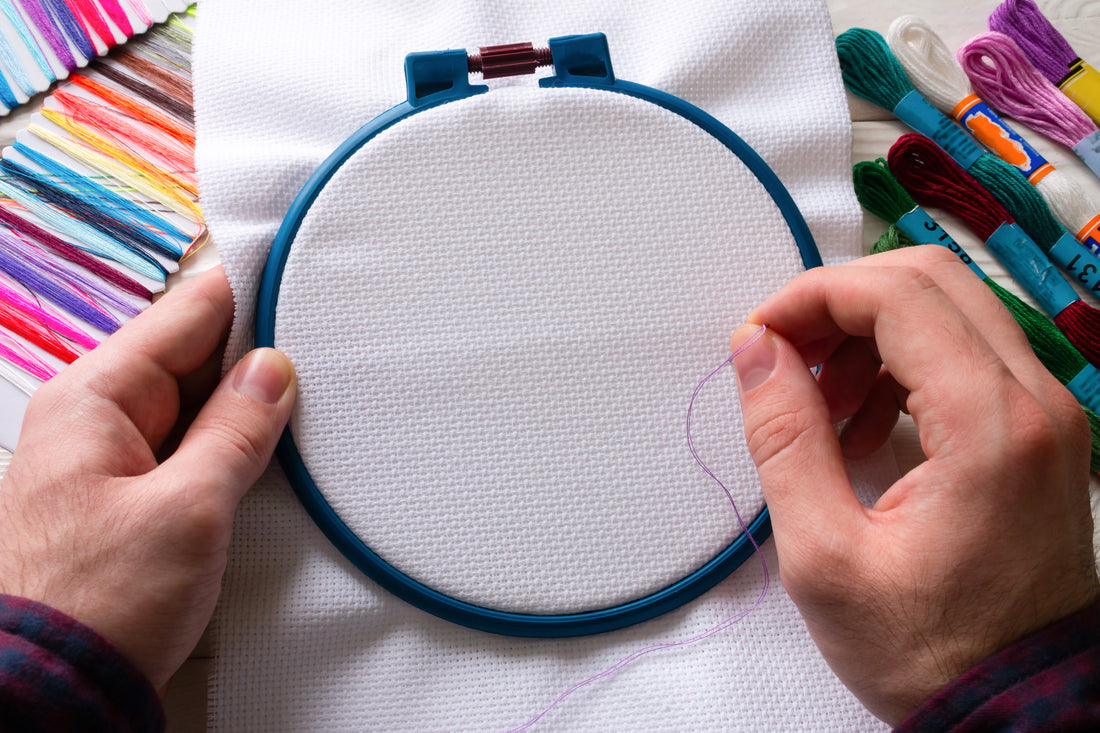Yes, kids can certainly engage in cross-stitch safely, and it can be a wonderful activity for them. However, it's important to consider their age and maturity level, as well as to take some precautions to ensure their safety and enjoyment. Here are some guidelines and tips for introducing cross-stitch to children:
1. **Age Appropriateness**: Typically, children around the age of 7 or 8 may have the necessary fine motor skills and concentration to start learning cross-stitch. However, this can vary based on the individual child.
2. **Supervision**: Younger children should always be supervised when cross-stitching, especially since needles and scissors are involved. An adult can help guide them through the process and ensure they handle materials safely.
3. **Using Safety Materials**: Opt for blunt needles and child-safe scissors to minimize the risk of injury. There are cross-stitch kits designed specifically for children with these safety features.
4. **Simple Patterns**: Start with simple patterns and larger fabrics (like binca or Aida cloth with a lower count, which has larger holes). This makes it easier for children to see where to place the needle and reduces frustration.
5. **Short Sessions**: Keep stitching sessions short to match a child’s attention span. This helps maintain their interest and prevents them from becoming tired or frustrated.
6. **Encouraging Creativity**: Allow children to choose their own patterns or colors. This makes the activity more enjoyable for them and encourages creativity.
7. **Teaching Patience**: Cross-stitch can be a great way to teach children patience and perseverance, as projects take time to complete.
8. **Praise and Encouragement**: Positive reinforcement is key. Praise their efforts and progress, no matter how small, to build their confidence and enjoyment of the craft.
9. **Handling Mistakes**: Teach them that it’s okay to make mistakes and how to correct them. This can be a valuable lesson in problem-solving and resilience.
10. **Integrating Learning**: Cross-stitch can be used to help children learn counting, colors, and even simple geometry (like shapes and patterns).
By taking these points into consideration, cross-stitch can be a safe, enjoyable, and educational activity for children, helping them develop fine motor skills, concentration, and creativity.

Sidebar
Top Categories
Vibrant Color
Abstract Art
Professional Art
Special Offers
Blog Tags
Latest Release
-

What Are The Advantages Of Using Hand-Dyed Cross-Stitch Fabric?
February 01, 2025
-

How Is Hand-Dyed Cross-Stitch Fabric Made?
February 01, 2025
-

What Are The Different Brands Of Cross-Stitch Floss?
February 01, 2025
9 Tips For Teaching Kids How To Cross-Stitch
Julie Hayes|
Yes, kids can certainly engage in cross-stitch safely, and it can be a wonderful activity for them. However, it's important to consider their age and maturity level, as well as to take some precautions to ensure their safety and enjoyment. Here are some guidelines and tips for introducing cross-stitch to children...






